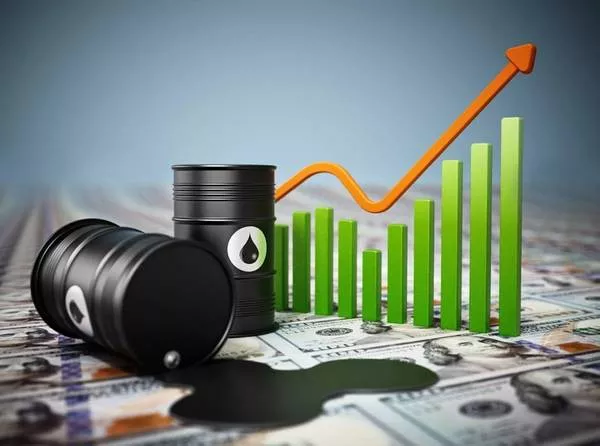Gas futures offer investors and traders the opportunity to participate in the dynamic energy market and potentially profit from price movements in natural gas.
1. Understanding Gas Futures
1.1 What are Gas Futures?
Gas futures are financial contracts that allow participants to buy or sell natural gas at a predetermined price for delivery at a specified future date. These contracts provide an avenue for hedging against price fluctuations and also offer speculative opportunities for traders aiming to profit from changing gas prices.
1.2 Factors Influencing Gas Prices
Before diving into gas futures, it’s crucial to be aware of the factors that can influence natural gas prices. Supply and demand dynamics, weather conditions, geopolitical events, storage levels, and global economic trends can all impact gas prices. Staying informed about these factors can aid in making informed trading decisions.
2. Choosing a Brokerage
2.1 Researching Brokerage Options
The first step in buying gas futures is to select a reputable brokerage firm that offers access to the futures market. Research various brokerage options, considering factors like commission fees, trading platforms, customer support, and educational resources.
2.2 Ensure Regulatory Compliance
Ensure that the brokerage you choose is properly regulated by a recognized financial authority. Regulatory compliance helps protect your investments and ensures fair trading practices.
3. Opening an Account
3.1 Account Registration
Once you’ve chosen a brokerage, the next step is to open a trading account. Visit the brokerage’s website and follow their account registration process. You will likely need to provide personal information and identification documents as part of the account verification process.
3.2 Fund Your Account
After your account is approved, deposit funds into it to enable trading. Review the available funding options, which may include bank transfers, credit/debit cards, or electronic payment methods.
4. Conducting Research
4.1 Analyzing Market Data
To make informed trading decisions, it’s essential to conduct thorough research and analysis. Review historical price data, study charts, and stay updated with the latest news and events that can impact gas prices.
4.2 Fundamental Analysis
Utilize fundamental analysis to understand the broader factors affecting the natural gas market. Keep track of supply and demand trends, production levels, inventories, and any relevant geopolitical developments.
4.3 Technical Analysis
Implement technical analysis techniques to identify potential entry and exit points for your gas futures trades. Utilize indicators, chart patterns, and trend lines to aid in your decision-making process.
5. Placing Trades and Managing Risk
5.1 Placing a Gas Futures Trade
Once you’ve conducted thorough research, it’s time to place your gas futures trade. Use your chosen brokerage’s trading platform to enter the trade details, including the contract size, order type (market order, limit order, or stop order), and the expiration date of the futures contract.
5.2 Implementing Risk Management
Managing risk is a crucial aspect of trading gas futures or any financial instrument. Consider implementing risk management tools such as stop-loss orders to limit potential losses. Determine your risk tolerance and set appropriate position sizes for each trade.
5.3 Monitoring Your Trades
After placing your trades, regularly monitor their performance. Stay vigilant about market developments and be prepared to adjust your positions if necessary based on changing market conditions.
Conclusion:
Buying gas futures can be an exciting venture for investors and traders looking to participate in the energy market’s potential. Understanding the dynamics of gas futures, selecting a reputable brokerage, conducting thorough research, and managing risk are key elements in this endeavor. Remember that the futures market involves inherent risks, and it’s essential to continuously educate yourself and adapt your strategies as you gain experience.


